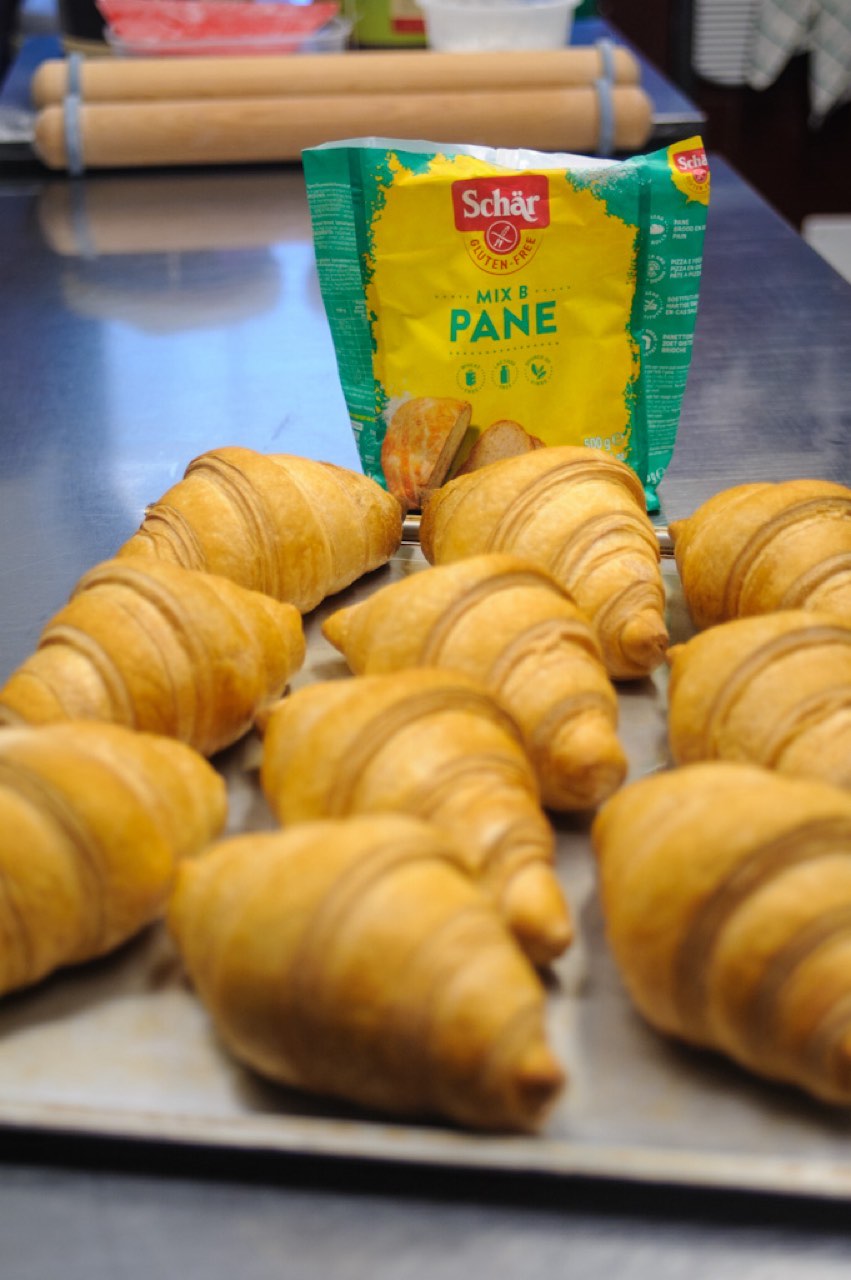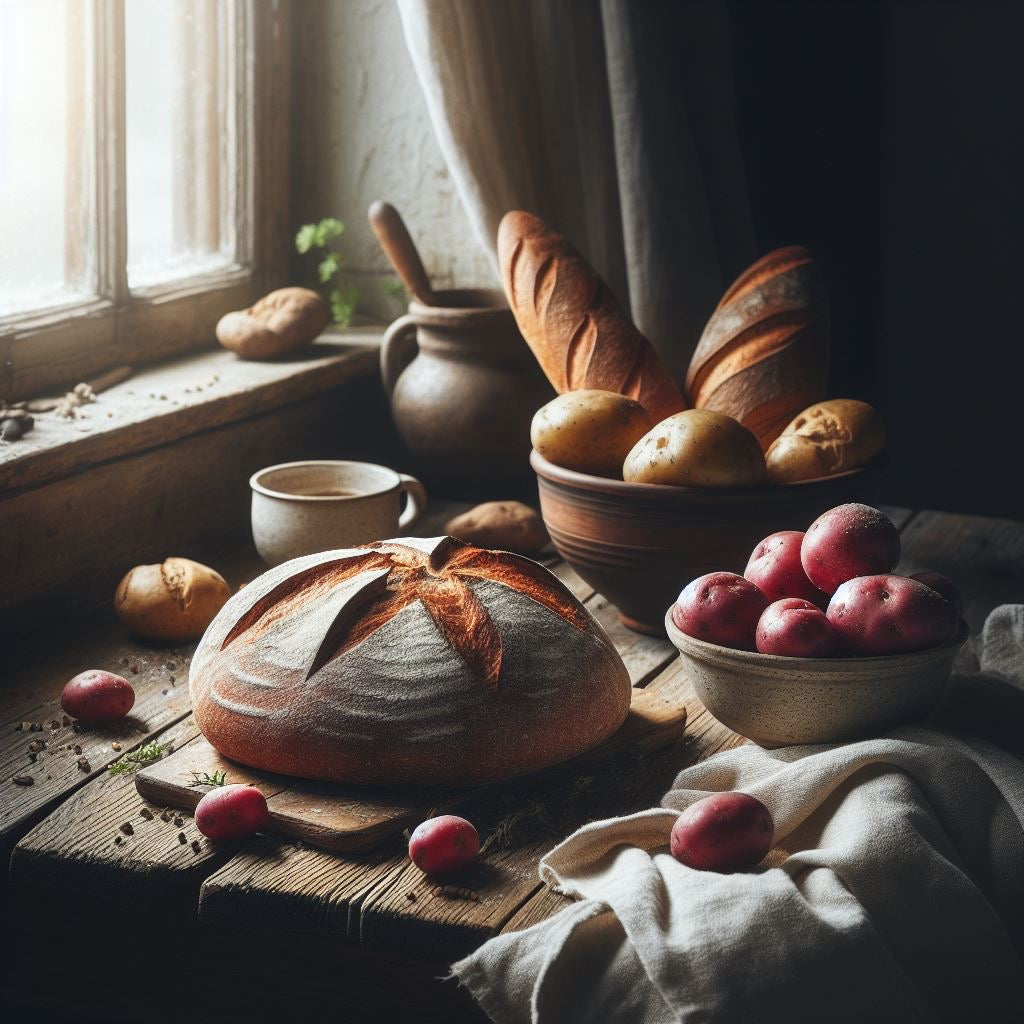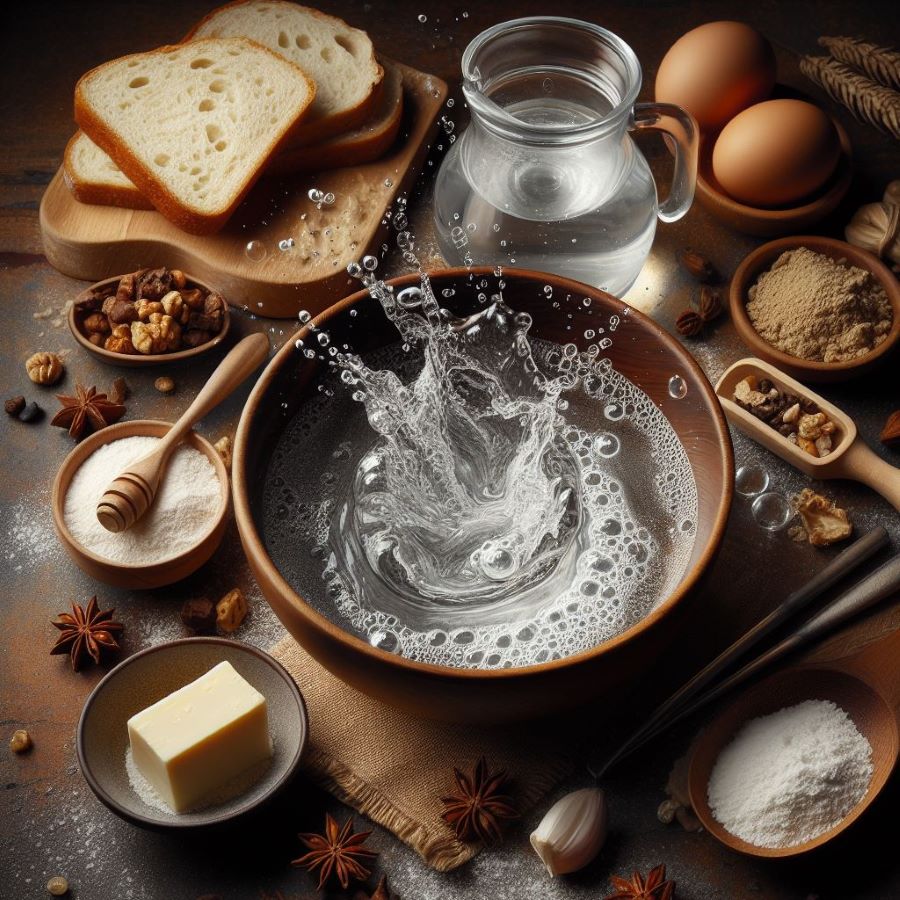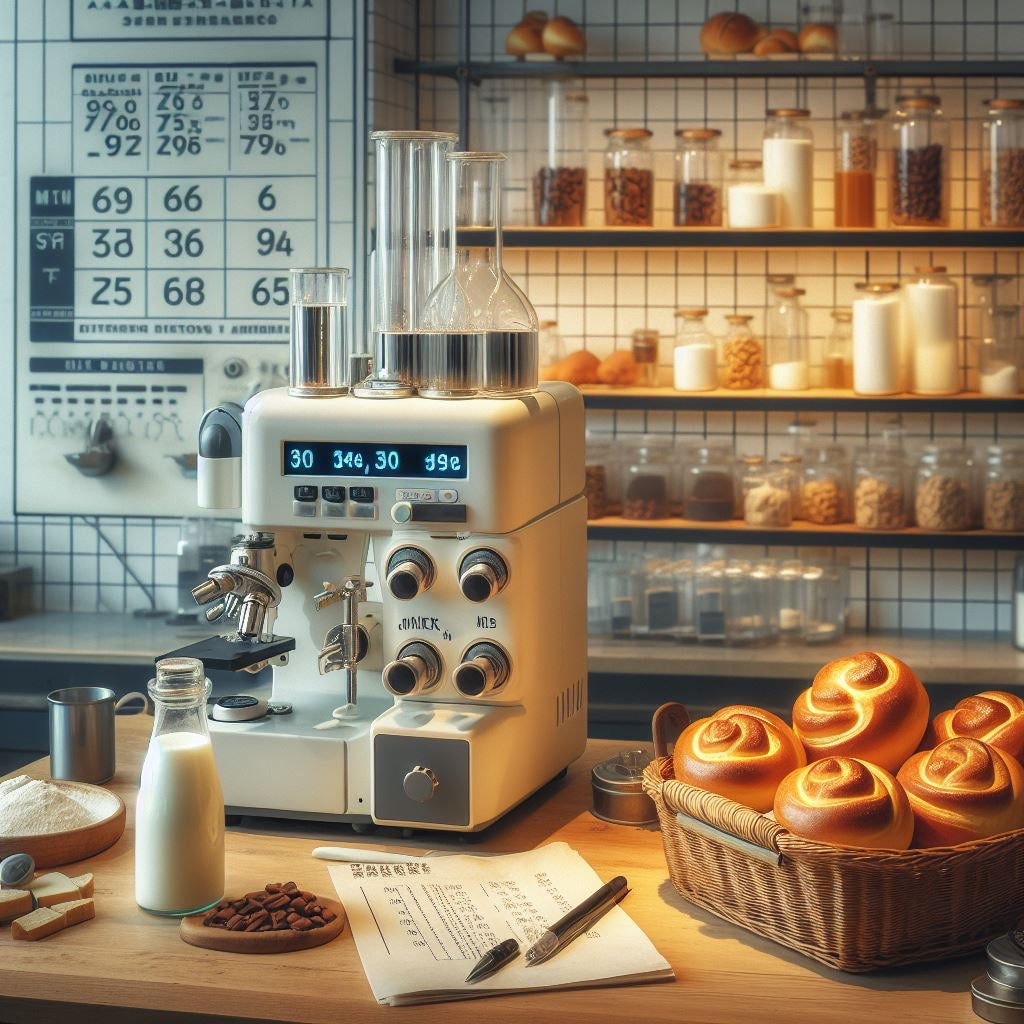Croissant dough with Mix B Schär mixture
INGREDIENTS for 10 CROISSANTS
Solids:Liquids:
To browse:
For dusting:
PREPARATION
Gather all the "Solids" into the mixer bowl and start it at low speed with the hook.
Pour in the "Liquids" and continue to work for about ten minutes, switching to medium-high speed and cleaning, from time to time and with the machine stopped, the sides of the bowl, using a spatula and bringing the mixture back to the centre, until to obtain a smooth, homogeneous and firm dough.
In the meantime, form a rectangle with the margarine, bringing it to a thickness of about 6/8mm. It doesn't need to be an extremely precise rectangle, the thickness just needs to be uniform. If you use NON-professional margarine or the room temperature is particularly high, it may help to leave the margarine in the freezer for 3/4 minutes.
Transfer the dough to the table, and using the rice starch as a dusting, create a long, narrow rectangle, enough to insert the "block" of margarine and cover it. It is the classic system for incorporating the fat part into a dough for puff pastry or croissants.
Give two turns of three (called "simple") at a thickness of 7/8mm, without pausing between one turn and the next and trying not to use too much rice starch as a dusting.
If you have any doubts about how to do this, you can watch our video on the Angel Food YouTube channel, or any other video about laminating flaky dough: there are literally thousands of them on the Internet.
Roll out a rectangle with the long side max 46/48cm, but this time to a thickness of 5/6mm. Cut out 5 rectangles with a 9cm short side and cut two croissants from each one, cutting the rectangle lengthwise from one corner to the other. This will give you a total of 10 croissants.
Do not throw away any scraps of dough, but divide them into the center of each croissant before rolling it. Spray the surface of the triangle with water and roll, without tightening too much, to form the classic croissant, leaving the tip underneath when you place it in the baking pan.
Cover with a bag previously brushed with oil or non-stick spray and leave to rise at a temperature of 45°C for approximately 90 minutes, or at least until the volume triples.
Preheat the oven to 180°c, remove the tray from the bag and cook for approximately 23 minutes.
Leave to cool on a wire rack, and once cold, move to the freezer. It is possible to store the croissants at room temperature for about three days.
NOTE
The final product will have a slightly sweet taste, almost neutral, so that it can also be combined with particularly rich fillings without being cloying.
It is possible to decorate the surface of the croissant as desired, for example by adding sesame seeds, poppy seeds, salt flakes, etc. You can find dozens of examples on our Instagram or Facebook profile.
To make the seeds stick and further accentuate the browning of the product at the end of cooking, it is possible to brush the surface with milk (normal or lactose-free), or with vegetable milk (rice, almond, etc.), or even just with some water. In the latter case the browning will be less accentuated, but the seeds will still adhere thanks to the caramelization of the sugars on the surface.
It is possible to increase or decrease the quantity of margarine necessary for rolling, in the ratio of 20%: by increasing the quantity of fat the final product will be richer, but also heavier. By decreasing the quantity the product will be lighter but also more "bready" and less flaky.
This recipe is not suitable for using butter for flaking. If you want to give a strong butter aroma to the product, there are three solutions: A) Use a margarine with anhydrous butter (max 15%). B) Brush the surface of the product with melted butter as soon as it comes out of the oven. C) Replace the oil in the recipe with the same weight of liquid clarified butter.





Share:
Gluten-free flaky sweet croissant with Nutrifree Multipurpose Flour
Focaccia with extra virgin olive oil with 12h leavening